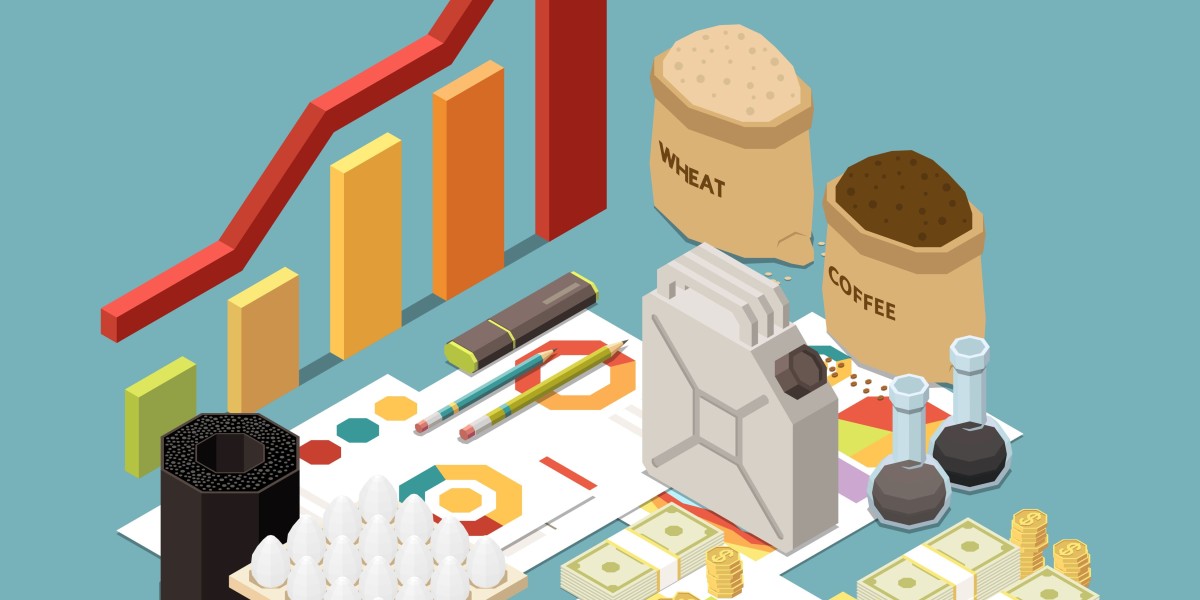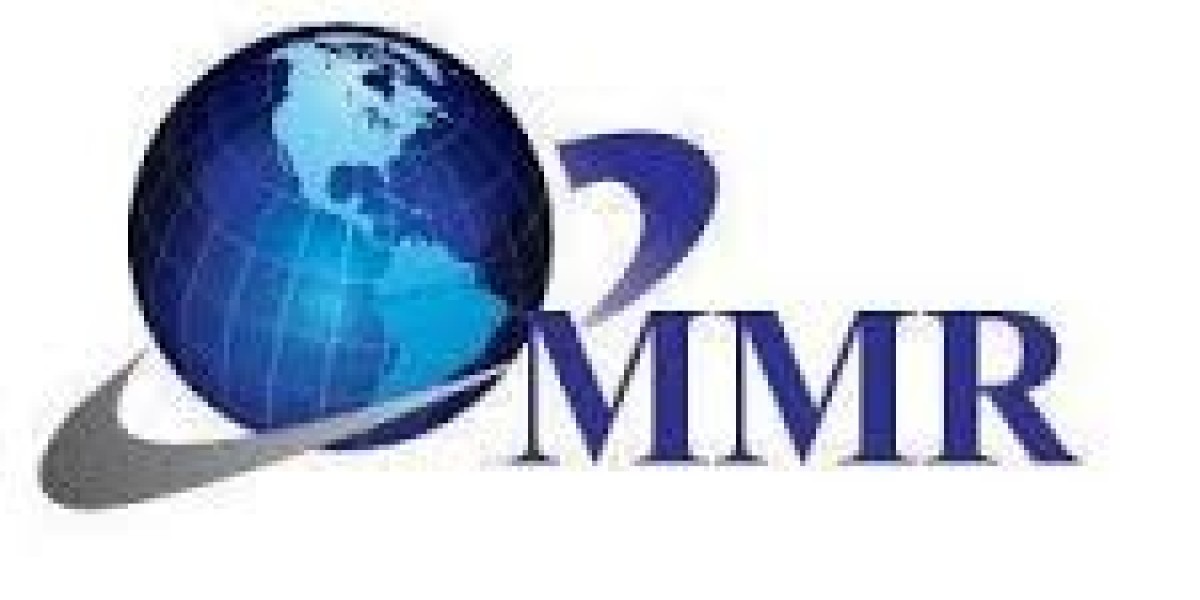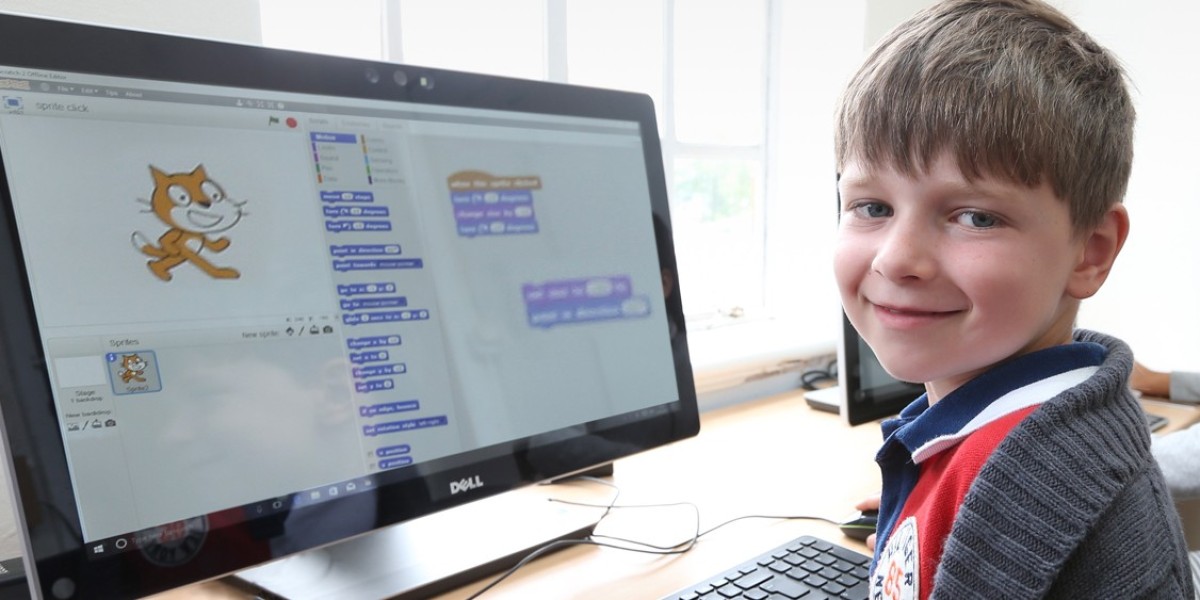Introduction
Commodity price forecasting is a crucial aspect for businesses, investors, and policymakers alike. Predicting commodity prices accurately can lead to informed decisions, minimizing risks, and maximizing profits. This article delves into the best commodity price forecasting solutions for predicting commodity prices, ranging from traditional methods to advanced machine learning techniques.
Understanding Commodity Prices
Definition of Commodity Prices
Commodity prices refer to the prices of raw materials and primary agricultural products. These can include anything from oil and gold to wheat and coffee. These prices fluctuate based on various factors, making accurate forecasting a challenging yet essential task.
Factors Influencing Commodity Prices
Several factors influence commodity prices, including:
Supply and Demand: The basic economic principle of supply and demand plays a significant role. An increase in demand or a decrease in supply can drive prices up and vice versa.
Economic Indicators: Inflation rates, employment data, and GDP growth are some of the economic indicators that impact commodity prices.
Geopolitical Events: Political instability, trade wars, and natural disasters can lead to sudden price changes.
Traditional Forecasting Methods
Fundamental Analysis
Supply and Demand Analysis
Analyzing supply and demand is a cornerstone of fundamental analysis. By understanding the balance or imbalance between the two, forecasters can predict price movements.
Economic Indicators
Economic indicators provide insight into the overall health of an economy, which in turn affects commodity prices. Indicators like CPI, PPI, and unemployment rates are commonly used.
Technical Analysis
Price Patterns
Technical analysis involves studying historical price patterns to predict future movements. Patterns like head and shoulders, double tops, and triangles are frequently analyzed.
Moving Averages
Moving averages smooth out price data to identify trends over a specific period. Simple Moving Averages (SMA) and Exponential Moving Averages (EMA) are commonly used.
Statistical Models
Time Series Analysis
ARIMA Models
ARIMA (AutoRegressive Integrated Moving Average) models are popular for time series forecasting. They are particularly useful for understanding and predicting future points in a series.
GARCH Models
GARCH (Generalized Autoregressive Conditional Heteroskedasticity) models help in estimating the volatility of commodity prices, which is crucial for risk management.
Regression Analysis
Linear Regression
Linear regression models the relationship between a dependent variable and one or more independent variables, providing a straightforward approach to forecasting.
Multiple Regression
Multiple regression involves more than one independent variable, offering a more comprehensive analysis of factors affecting commodity prices.
Machine Learning Techniques
Supervised Learning
Decision Trees
Decision trees are a non-parametric supervised learning method used for classification and regression. They split the data into subsets based on the value of input features.
Support Vector Machines
Support Vector Machines (SVM) are used for classification and regression analysis, especially useful in high-dimensional spaces.
Unsupervised Learning
Clustering
Clustering algorithms group similar data points together, helping to identify patterns and trends in commodity prices.
Principal Component Analysis
Principal Component Analysis (PCA) reduces the dimensionality of data, making it easier to analyze and interpret.
Advanced Forecasting Techniques
Neural Networks
Feedforward Neural Networks
Feedforward neural networks are the simplest type of artificial neural networks, used for various forecasting tasks.
Recurrent Neural Networks
Recurrent Neural Networks (RNNs) are more suited for sequential data, making them ideal for time series forecasting.
Ensemble Methods
Random Forests
Random forests use multiple decision trees to improve predictive accuracy and control over-fitting.
Gradient Boosting Machines
Gradient Boosting Machines (GBMs) are powerful techniques that build models in a stage-wise fashion to optimize performance.
Economic Models
General Equilibrium Models
General equilibrium models consider the interdependencies within an economy, providing a comprehensive view of commodity price movements.
Partial Equilibrium Models
Partial equilibrium models focus on a single sector or market, offering a more focused analysis.
Hybrid Models
Combining Traditional and Modern Techniques
Hybrid models combine the strengths of traditional methods and modern machine learning techniques, offering more robust predictions.
Benefits of Hybrid Models
Hybrid models can adapt to various market conditions and provide more accurate forecasts by leveraging multiple approaches.
Data Sources for Forecasting
Government Reports
Government reports provide reliable and up-to-date information on economic indicators and commodity statistics.
Market Data Providers
Market data providers offer real-time data and analysis, crucial for timely decision-making.
News and Social Media
News and social media platforms can provide early warnings of events that may affect commodity prices.
Software Tools for Commodity Price Forecasting
Popular Software Solutions
Software tools like MATLAB, R, Python, and specialized platforms like Bloomberg Terminal and Thomson Reuters Eikon are popular for forecasting.
Features to Look For
Look for features such as user-friendly interfaces, real-time data integration, and robust analytical capabilities.
Challenges in Commodity Price Forecasting
Market Volatility
High volatility in commodity markets makes accurate forecasting challenging.
Data Quality Issues
Inaccurate or incomplete data can lead to erroneous forecasts.
Future Trends in Forecasting
AI and Big Data
The integration of AI and big data is revolutionizing commodity price forecasting, offering more accurate and timely predictions.
Blockchain and Smart Contracts
Blockchain technology and smart contracts can enhance transparency and efficiency in commodity trading and forecasting.
Conclusion
Commodity price forecasting solutions is an intricate but essential task for various stakeholders. By leveraging a mix of traditional methods, statistical models, machine learning techniques, and advanced technologies, more accurate and reliable forecasts can be achieved.
FAQs
1.What is the most accurate forecasting method?
There isn't a one-size-fits-all answer, as the best method depends on the specific commodity and market conditions. Hybrid models combining multiple techniques often yield the most accurate results.
2.How often should commodity prices be forecasted?
The frequency of forecasting depends on the volatility of the commodity and the needs of the stakeholder. High-frequency forecasting might be required for highly volatile markets.
3.Can small businesses benefit from commodity price forecasting?
Absolutely. Small businesses can use forecasting to manage risks and make informed purchasing decisions, thereby optimizing their operations.
4.What are the limitations of machine learning in forecasting?
Machine learning models require large amounts of high-quality data and can be complex to implement and interpret. They are also sensitive to changes in market conditions.
5.How do geopolitical events affect commodity price forecasting?
Geopolitical events can cause sudden and unpredictable changes in commodity prices. Incorporating real-time news and social media analysis can help mitigate this challenge.
To Get Real-Time Price of Commodity Visit: https://pricevision.ai








